Collective protective equipment includes facilities that are used to protect a large number of people (civilians, military, rescuers), property and equipment from the effects of harmful substances resulting from accidents at chemical plants, technological disasters and the use of nuclear weapons. Today we will find out in more detail what applies to collective protective equipment (VHC).
Classification
In the broadest sense, VHCs are divided into:
- Constructions built on purpose.
- Facilities that have been retrofitted (adapted) for shelter or shelter.
- The simplest shelters.
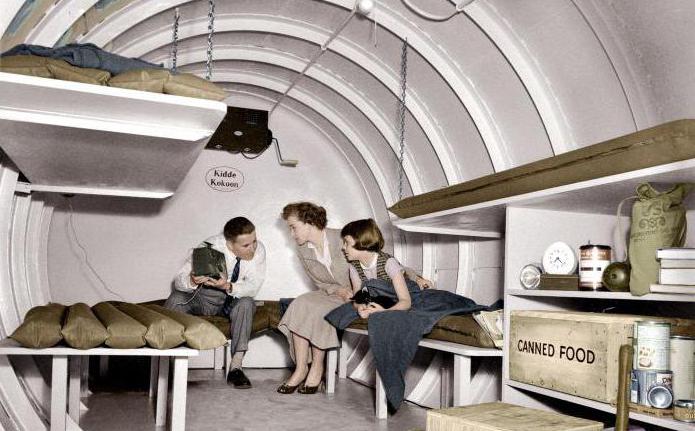
Specially constructed structures for protecting the public include radiation protection shelters and civil defense shelters.
Adapted or equipped shelters include various objects of urban and suburban infrastructure suitable for protecting the population. Natural cavities, mine workings, subways (the most common type), underpasses and transport tunnels are equipped for shelters and shelters. Under the reinforced and anti-radiation shelters equip the basement of residential and non-residential buildings, as well as other objects of the underground urban space.
Protective structures
In wartime, protective structures (AP) are necessary to shelter civilians, personnel, military leaders and critical facilities from the effects of nuclear, chemical and biological weapons. Also, the need for protective structures may arise as a result of natural disasters, catastrophes and accidents. The rest of the time, these objects are used for household and other needs.
In peacetime, collective protective equipment (which applies to them, we already know) can be used to:
- Cultural service.
- Placement of duty staff.
- Sanitary needs.
- Warehousing.
- Trade.
- Consumer services.
- Sports sections.
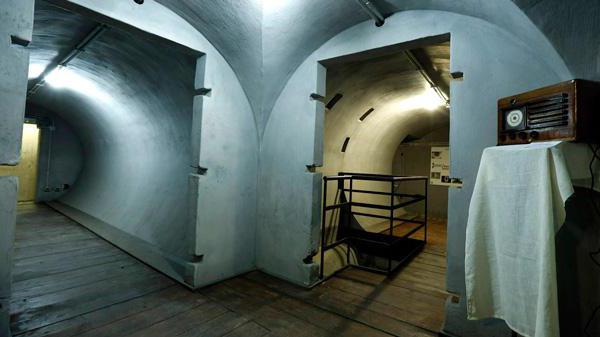
Types of protective structures
ZS there are such types:
- Shelters. By capacity there are: large, small, medium; at the location - built into another building or separate; by protective characteristics - from penetrating radiation or shock wave; by construction time - prefabricated or erected in advance.
- Anti-radiation shelters (PRU). Designed solely for protection against penetrating radiation. They are divided according to the type of ventilation (natural or forced); locations (adjustable, built-in or freestanding); capacity (large or small).
- The simplest shelters. These include cellars, cellars, trenches, awnings and other structures.
When answering the question of what applies to collective protective equipment, it is also worth considering that they are additionally classified according to purpose. From this point of view, there are three types of protective structures: premises for sheltering people, command posts, medical posts. It is worth pointing out here what applies to collective protective equipment. So, in addition to medical posts and hospitals equipped in shelters, first-aid kits for general use can be attributed to this category of SZ, which are placed not only in military equipment, but also in shelters.
Shelters can work in two modes of blackout - partial and complete dimming.
Shelters
From the point of view of civil defense, a shelter is a defensive structure that can provide protection for a certain period of time from the effects of nuclear weapons, biological weapons, toxic substances, radioactive products in the event of the destruction of nuclear installations, combustion products and high temperatures during fires, as well as catastrophic flooding .
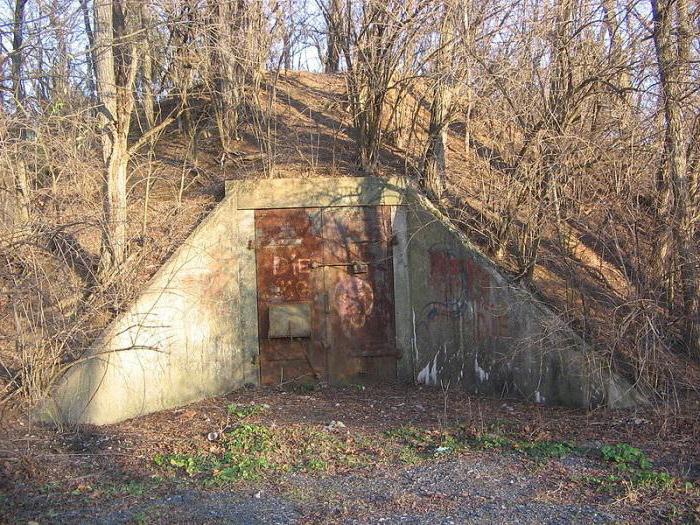
Shelters are built to protect:
- Employees of enterprises located in the zone of possible destruction and those who continue their activities in wartime conditions.
- Employees of enterprises that ensure the vital activity of cities, enterprises assigned to civil defense groups, as well as organizations of special importance.
- Workers of nuclear power plants and enterprises that serve them.
- Non-transportable patients.
- Special populations.
Shelters are located within the collection radius at the points of greatest concentration of people for whose shelter they are built. The radius of the collection of people sheltering in the shelter during the construction of the adjacent territory by low-rise buildings is 500 m, and by high-rise buildings - 400 m.The shelters are located so that when an emergency occurs, people can take refuge in them in 15 minutes. If the group of shelters is outside the collection radius, they must take refuge in any of the nearby shelters, the design of which involves the presence of vestibule locks, within 30 minutes.
The height of the premises that serve as shelters is selected in accordance with the requirements of peacetime, but should not exceed 3.5 meters. If the height of the premises varies in the range of 215-290 cm, they provide for a two-tier arrangement of bunks (flooring for an overnight stay, made of boards and located at some distance from the ground). With a room height of more than 290 cm, the bunks in it are installed in three tiers. The minimum height of the shelter, according to the technical and economic regulations, is 185 cm (assumes a single-tiered arrangement of bunks). In shelters built at health facilities, the same rules apply, only instead of bunks beds can be arranged for non-transportable patients.
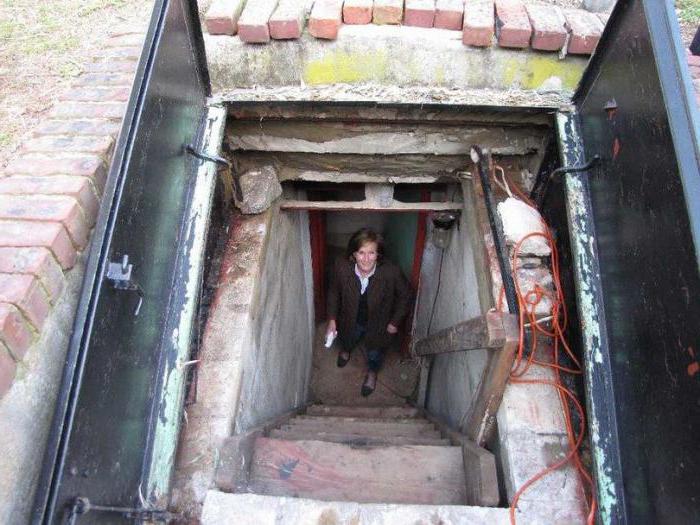
Radiation Shelters
In addition to simple shelters, collective radiation protection also includes radiation protection shelters. A switchgear is a structure that shelters from ionizing radiation arising from radioactive contamination (contamination) of the area, and allows for a continuous stay in it for a long time.
PRU protect:
- Workers' enterprises that are located outside the zone of possible destruction and continue to operate in wartime conditions.
- The population of cities and small towns that are not part of the civil defense group, as well as the population that was evacuated from cities belonging to civil defense groups.
The height of such shelters should be at least 190 cm. If underground, cellars and other buried rooms are adapted to the switchgear, their height can be reduced to 170 cm. The anti-radiation sheltered water is supplied from the central water supply network. If this is not possible, the premises provide space for the installation of portable tanks. For every shelter there are 2 liters of drinking water per day.
The simplest shelters
When answering the question of what applies to collective defense, one should not lose sight of the simplest shelters, which, due to the primitive nature of their design, are more common than others, but less effective. Such shelters are structures that can protect a person from strong light radiation and the wreckage of buildings. Moreover, these shelters can partially protect shelter from the effects of radiation and the shock wave of a nuclear explosion.
The simplest shelters are being built in cities and villages.They shelter the population for a time until the completion of the evacuation. Also, the simplest shelter can act as a means of collective protection for workers and employees who build more solid shelters.
As a rule, the construction of the simplest shelters begins with the introduction of a general civil defense readiness regime, with the aim of temporarily sheltering the population from a sudden attack by the enemy.

Air cleaning
We have already figured out which structures are collective protective equipment, now let's find out how normal living conditions are maintained in them. If a person can hold out without food and water for some time, then without air he cannot survive. Therefore, the supply of clean air to the shelter is the most important of the tasks to ensure its habitability.
The air entering the means of collective protection of workers, the military and the general population must be cleaned of mechanical impurities, bacterial agents, as well as radioactive and chemical substances dangerous to humans. For these reasons, stationary shelters are equipped with special filters.
Air is cleaned of mechanical impurities and dust with the help of oil filters of the type FYaR (unified cell filter) and self-cleaning filters of the type KD-10 or KD-20. It is cleaned from coarse fumes by packet prefilters of the PFP-100 type. When passing through a filter, mechanical particles settle on a greased grid or filter bag. Periodically clogged filters are replaced with clean ones. Oil changes in self-cleaning filters, and filter bags change in pre-filters. The clogging level of the filters displays an indicator of their aerodynamic drag, measured in millimeters of mercury.
The design of the FNR is quite simple - a box-shaped case, in which 12 metal corrugated meshes are installed. PFP-1000 is not much more complicated - a case with a filter bag. The filter bag consists of 4 cassettes. Each cartridge is a rectangular metal frame in which pleated filters are made of special material.
The prefilter works in this way: the clogged air is supplied to the housing through the inlet, is cleaned of dust, smoke and fog, passing through the filter sections, and finally leaves the outlet in the pipeline. Through the pipeline, air is supplied to the filter absorbers, in which the next stage of cleaning takes place.
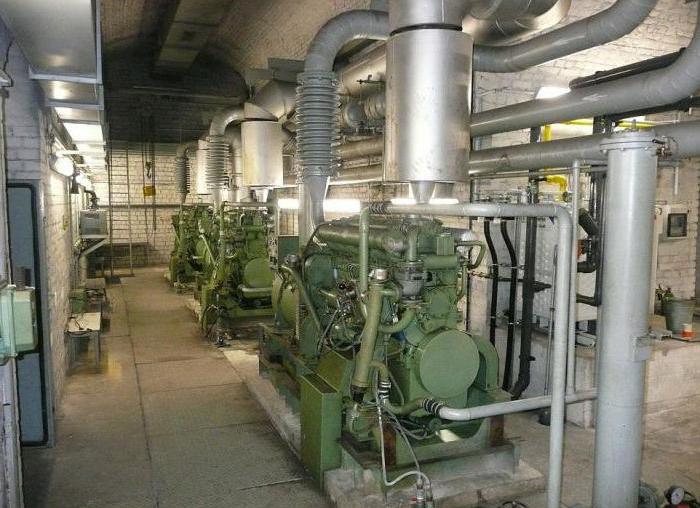
In the filters-absorbers, the air is cleaned of radioactive dust, bacterial aerosols, toxic fumes and other toxic substances. For this purpose, filters of the FP type of the “50/25”, “100/50”, “200” and “300” models are used, as well as the FPU models of the “200” and “300” models. To date, the production of environmental filters of the FE type has also been established, which clean the air of sulfur oxides, hydrogen sulfide vapor, hydrogen chloride, chlorine, dichloroethane, alcohols, phosgene and various aerosols.
In the shelter, which refers to the collective means of protecting the population, there are bathrooms, food units and other auxiliary premises. These rooms use special filters with advanced features. For example, marine ventilation filters (FMSH) are installed in the ventilation systems of the bathrooms. They purify the air of vapors of hydrogen sulfide, nitrogen oxides, sulfur dioxide, methanol and other substances.
Requirements for protective structures
When developing a project for the construction or adaptation of a shelter, the protective properties of the room under the influence of gamma radiation are evaluated. For this purpose, a protection coefficient is determined that illustrates how many times the radiation dose in the shelter is less than the dose in the open. Comparative characteristics of collective protective equipment for the population in terms of the coefficient of protection are given in the table.
Type of building | Protection factor |
One-story production | 7 |
Administrative production with a large area of windows | 6 |
Stone one-story | 10-13 |
Stone one-story basement | 37-50 |
Stone two-story | 15-20 |
Stone two-story basement | 100-130 |
Three-story stone | 20-33 |
Three-story stone basement | 400-600 |
Slit | 40-50 |
Preparation of protective structures
In preparing the shelter for the settlement of the shelter, the following works are carried out:
- Clearing aisles.
- Setting pointers.
- Installation of benches or bunks.
- Check life support systems.
- Checking the tightness of the shelter.
- Installation of speakers and telephones, as well as checking their operation.
- Bookmark food stocks.
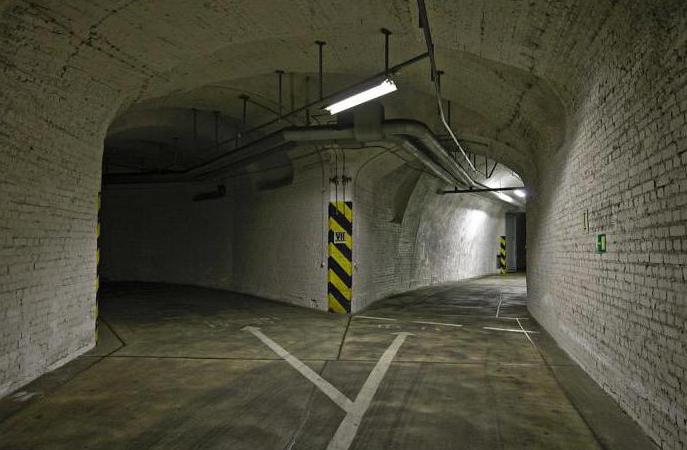
Duties of the Concealed
People taking refuge in a shelter should:
- Follow the instructions of the commander.
- Adhere to the internal order.
- Keep on hand personal protective equipment (PPE) (gas mask, gloves, safety shoes, etc.). It is worth noting here that PPE and VHC are completely different concepts. Therefore, sayings like “Gas masks belong to collective protection”, which you can often hear, indicate a complete misunderstanding of the issue.
- Assist staff in shelter maintenance and troubleshooting. In shelters that relate to collective protective equipment, everyone is held accountable for successful salvation, regardless of social status.
Sheltered is prohibited:
- To make noise, smoke and move around the shelter without any special need;
- Without permission to light candles, lamps and other lighting fixtures;
- Bring bulky items with you into the shelter, as well as substances that have a pungent smell or are flammable.
Conclusion
From this article, you learned which remedies are collective, and depending on what they are classified. Summarizing the above, we can conclude that VHCs are a fairly reliable way to protect people (civilians and military) from damaging factors. Nevertheless, in post-Soviet realities their use is ineffective. The fact is that for the normal functioning of VHCs, their regular maintenance is necessary, which is expensive, and therefore practically not carried out.